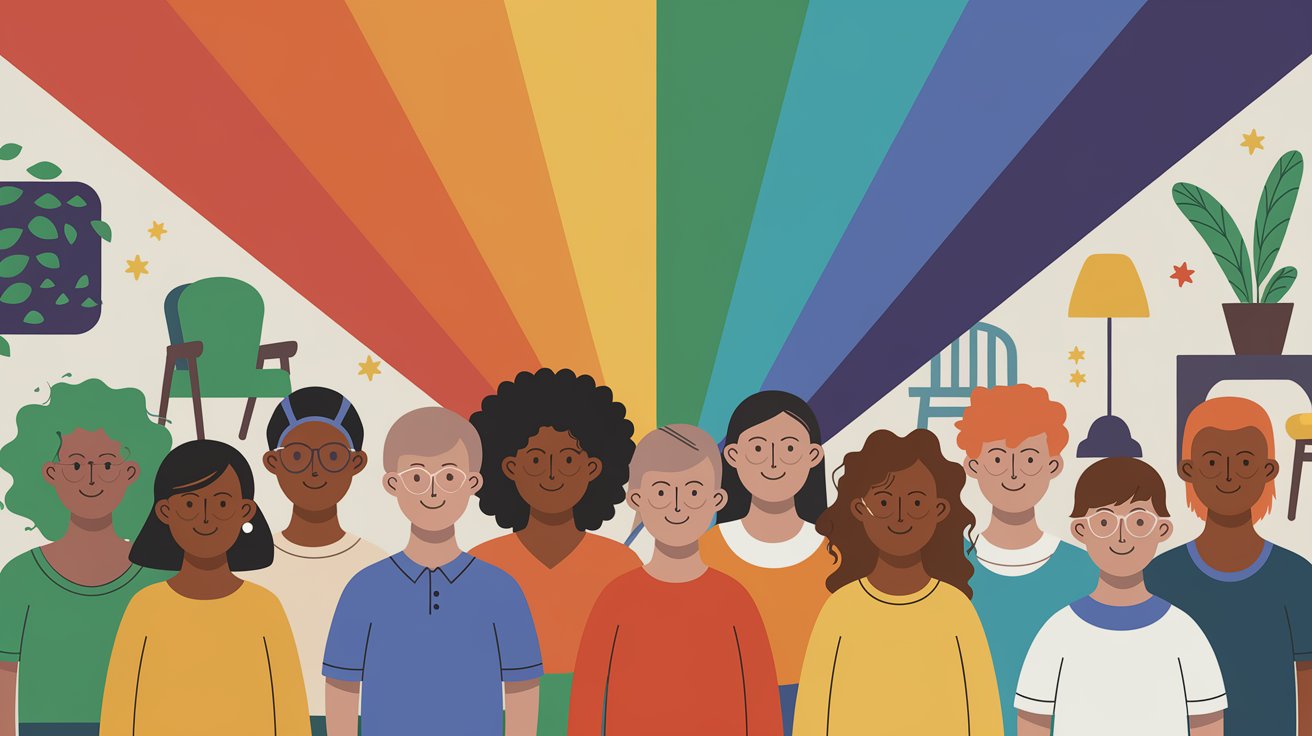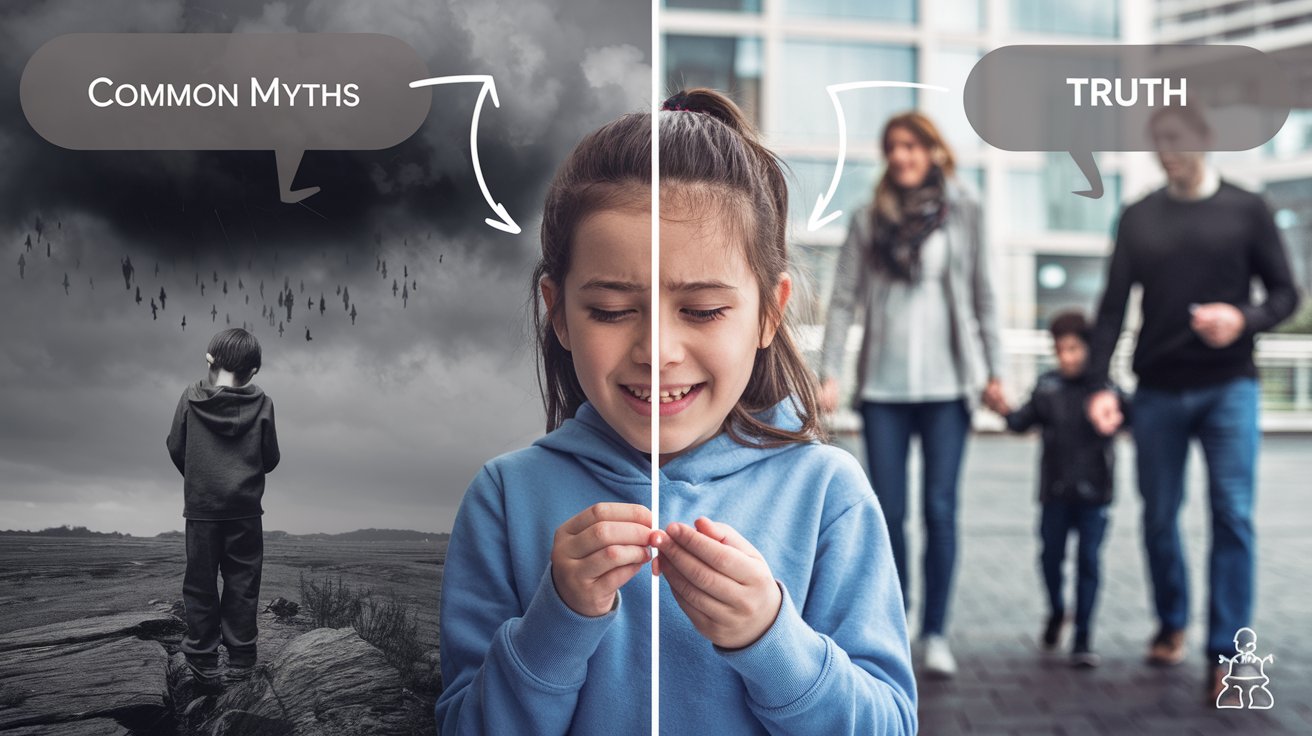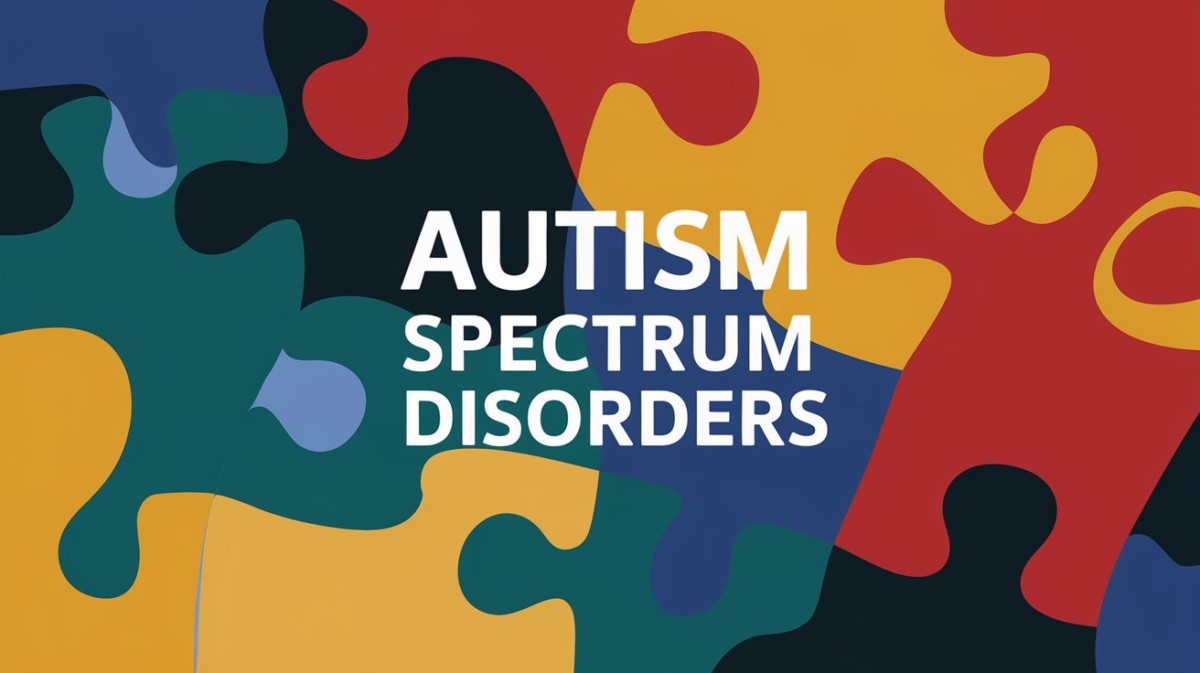What is Autism Spectrum Disorder (ASD)?

Autism Spectrum Disorder, commonly referred to as ASD, is a complex developmental condition that affects individuals in various ways, particularly in their social interactions, communication, and behaviour. The term “spectrum” implies the variability of the disabilities and skills of children suffering from autism. Some of them may be recommended to need a considerable amount of help in receiving their education, while others may be gifted in many ways and perform extremely well in certain subjects.
While it can be diagnosed during the early years of a child, ASD has an impact on the person throughout their lifetime. Every person with autism is a unique person, and that is why you must turn to the differences in this person’s condition.
Signs and Symptoms of ASD

ASD is different in each person, but some common traits include:
1. Social Interaction Difficulties:
❖ Limited eye contact
❖ Difficult for individuals to comprehend social cues.
❖ The desire to spend time alone
2. Communication Challenges:
❖ Language development delay or absence of speech
❖ Interference with give and take of conversation
❖ Repetitive speech patterns
3. Behavioral Traits:
❖ Repetitive Behaviour (Hand flapping, rocking).
❖ High trait anxiety as well as high levels of nervous tension.
❖ Preoccupation with particular things or pursuits
These traits may be different in each person and many ASD individuals also have talents, including focus, excellent recall, and originality.
The Importance of Early Diagnosis and Intervention

An important feature associated with ASD is that if diagnosed and treated early, the child or an adult can go on to live a normal life as he or she desires. There are many areas where early intervention can help, particularly in communication, social skills and behavior, so that children start school with the best chance of success.
More often, an individual programme is prepared in cooperation with psychologists, speech pathologists, and occupational therapists. It has been argued that there is no known cure for autism, though with the help of therapies and other support systems, quality of life can drastically be enhanced.
Debunking Myths About Autism

It is for this reason that myths about autism have always existed in the society. Let’s clear up some of the most common:
❖ Rarely ever do I hear a statement like “people with autism don’t have emotions” come from the mouth of one who has embraced the knowledge that the proper way to communicate with people on the spectrum is not by belittling them but by emboldening and encouraging them.This is far from true. In other words, individuals with ASD do have emotions and their ability to display those emotions, and to even articulate the feelings they have, may be affected.
❖ People still believe in myths such as Autism is caused by bad parenting. Autism is a neurodevelopmental disorder with no relation to the way parents raise their kids at all. There are hypotheses that it is a genetic and environmental disorder.
❖ “Every person with autism knows how to be a genius.” The spectacular savant skills that some persons with autism are alleged to possess do not apply to most of the people diagnosed with the disorder.
Disenchantment of these myths is of significant importance in the development of a more accepting community toward persons with ASD.
Living with Autism: Embracing Strengths and Challenges

While it seems like living with autism is often a struggle, there are still methods that work for them that may not work for others. Many people on the spectrum are capable of great skills in certain fields such as visual-spatial, focus, and knowledge in specific disciplines. Acknowledging these strengths whilst discussing the difficulties allows for a more redemptive view of autism for its followers.
Undoubtedly the primary challenge of parenting an autistic child is to ensure that the child copes with his or her disability. This can include the use of spaces in school, at work or both, sensory rooms and communication protocols that are clear and unstinting. Other families also end up discovering that dedicated organizations and groups as well as groups and associations focused on autism support and advocacy offer them the morale boost and assistance they need.
Creating an Inclusive Society for Neurodiverse Individuals

The world seems to be designed for people with Normal Brain, yet making the world a better place for everyone starts with understanding how valuable neurodiversity is. From employment settings, educational institutions, and other environments, the dynamic of inclusion necessitates one’s awareness and consciousness.
Here are a few ways to promote inclusivity for those with autism:
❖ Educate yourself and others:
The public awareness means that people become less prejudiced towards such disorders like autism. The attitudes of empathy and acceptance start with knowledge.
❖ Create sensory-friendly environments:
ASD makes it difficult for an individual to handle loud noise and bright flashes, and tight squeeze. Sensory substitutes can increase the accessibility of public areas.
❖ Celebrate neurodiversity:
Understand that their own brain is wired differently to other people’s. Thus, people should consider that different thinking approaches can add value to society by contributing creative minds with various talents.
❖ Advocate for inclusion:
Promote neurodiversity acceptance and integration in schools and workplaces and in policies and practices of societies.
Supporting Individuals with ASD: What Can You Do?

If you know someone with autism or want to help make the world more inclusive for those with ASD, here are a few ways you can offer support:
❖ Practice patience and empathy.
Knowing that people with ASD are afraid of the world will allow you to build effective communication and interact with them more effectively.
❖ Use clear, direct communication.
It is known that many individuals with autism syndrome prefer to receive accurate and simple information. Do not use irony or other phrases, which can be considered more than one way.
❖ Respect their boundaries.
There are those with ASD who may require time alone or private space and time in order to refresh themselves. Do make sure not to impose any social contact on them and respect their physical space.
❖ Celebrate their interests.
Children with autism usually have very focused and strong interests with a certain subject. Such interests should ideally be encouraged and or participated in to enhance an individuals connection.
Conclusion: Embracing Neurodiversity for a Better Future

Autism Spectrum Disorders require us to stop and question the basic issue of what it means to be normal. In a society that tends to celebrate sameness, people with autism make people mindful of the value of diversity. In an effort to raise awareness and to eliminate stigmas, everyone can come to embrace autism for what it is: an opportunity to recognize that everyone has a gift to bring into the world.
It is enough to know about it, it’s time to accept it and integrate autism into society.
